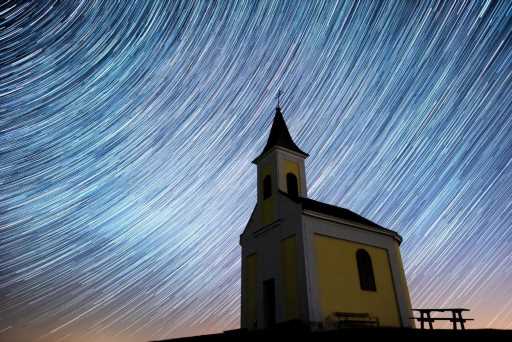
The annual Lyrids meteor shower, which began this week and runs through the end of the month, is expected to peak Friday and Saturday.
The Lyrids rank as a medium-strength shower that typically lacks persistent trains, according to the American Meteor Society, but they can produce fireballs.
The Lyrids occur when the Earth passes through the wake of debris left by the comet 1861 G1 Thatcher, which last passed through our solar system 161 years ago. It won’t be back for another 250 years or so, but its debris remains.
“The normal Lyrid display, seen under moonless conditions, usually offers a peak of around 10 meteors per hour in addition to the normal random meteor rate of about five per hour,” according to a post on the American Meteor Society website. “The peak is sharp, only a few hours long, so don’t be surprised if you see far less than 10 Lyrids per hour. Yet when compared to the normal low activity seen during the late winter and early spring nights, the nights around April 22nd offer a nice bit of entertainment to help one stay awake.”
Keep in mind that the moon will rise at 2:44 a.m. on April 23, and its light could obscure some meteors in the predawn hours.
Subscribe to our weekly newsletter, The Adventurist, to get outdoors news sent straight to your inbox.
Source: Read Full Article









